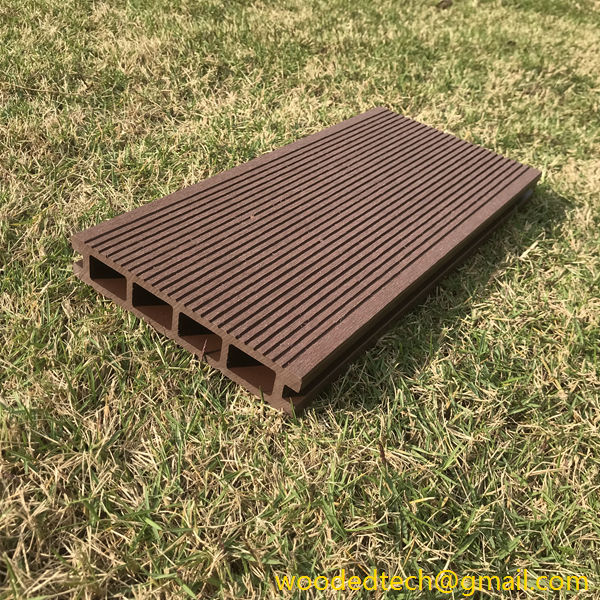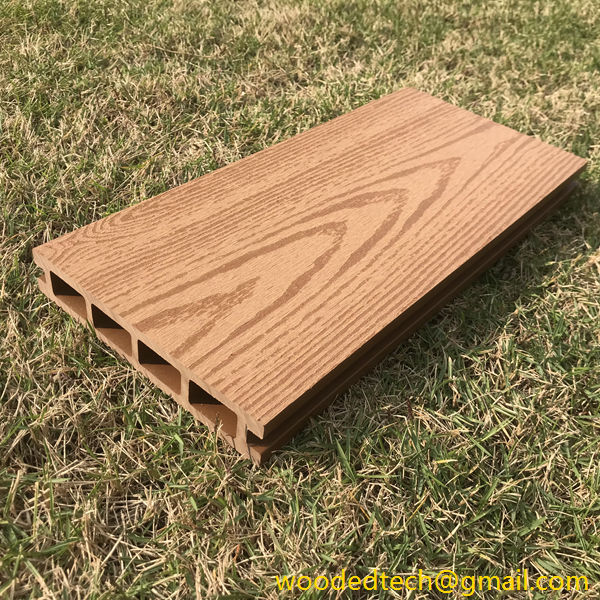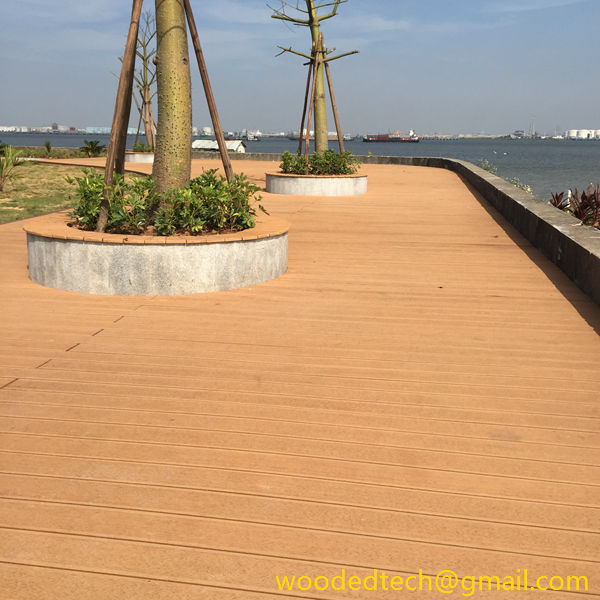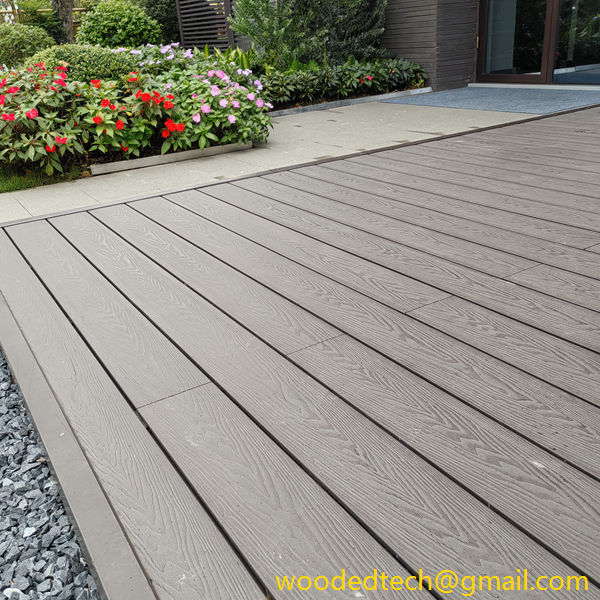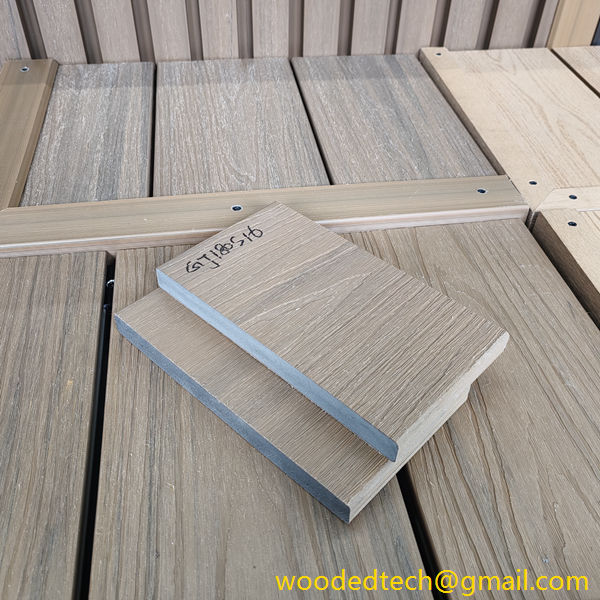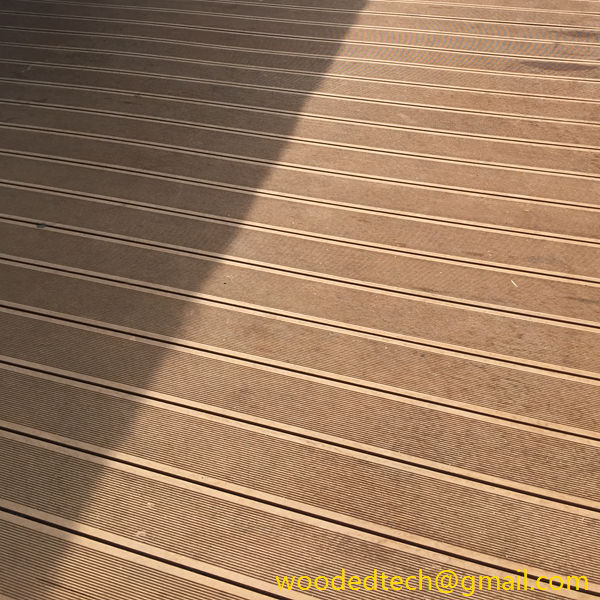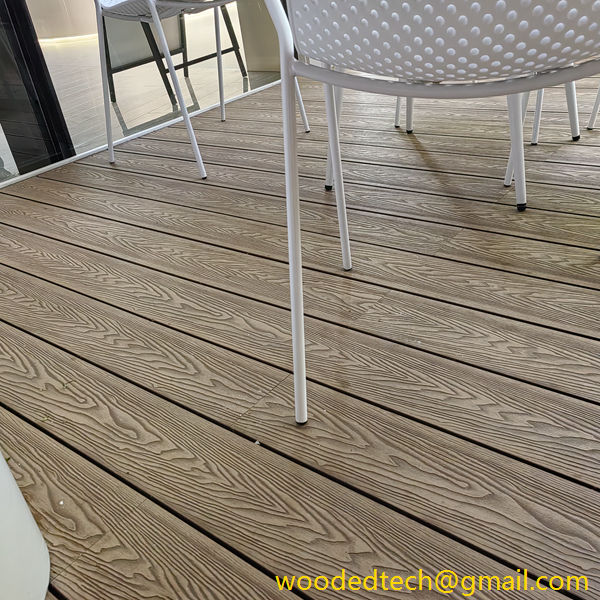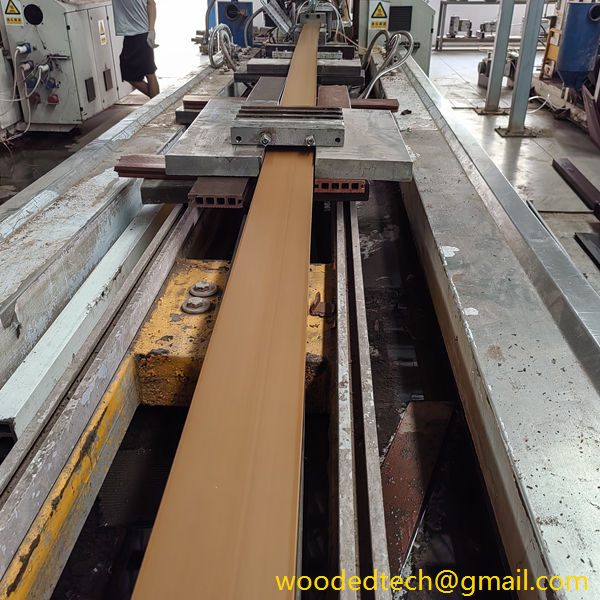What is Polymer Decking: An Overview of Polymer Decking Benefits
What is Polymer Decking: An Overview of Polymer Decking Benefits Polymer decking has emerged as a popular alternative to traditional wood decking in recent years, transforming outdoor spaces with its durability, aesthetic appeal, and low maintenance requirements. As the global demand for outdoor living products continues to rise, the production capacity distribution of polymer decking…
What is Polymer Decking: An Overview of Polymer Decking Benefits
Polymer decking has emerged as a popular alternative to traditional wood decking in recent years, transforming outdoor spaces with its durability, aesthetic appeal, and low maintenance requirements. As the global demand for outdoor living products continues to rise, the production capacity distribution of polymer decking has become a significant factor in meeting market needs. This article will provide an overview of polymer decking, its benefits, and its implications for global production capacity.
Polymer decking is primarily made from a combination of plastic and wood fiber, creating a composite material that retains the natural look of wood while offering enhanced performance characteristics. This innovative material is designed to withstand the elements, making it an ideal choice for outdoor applications. Unlike traditional wood decking, which is susceptible to rotting, warping, and insect damage, polymer decking provides a long-lasting solution that can endure the rigors of weather exposure.
One of the most compelling benefits of polymer decking is its durability. The material is engineered to resist fading, staining, and scratching, ensuring that it maintains its appearance over time. Homeowners and commercial property managers alike are drawn to the low-maintenance aspect of polymer decking; it does not require regular sealing or staining like wood does. Instead, a simple wash with soap and water is often sufficient to keep it looking new. This ease of maintenance not only saves time but also reduces the long-term costs associated with upkeep.
Another significant advantage of polymer decking is its eco-friendliness. Many polymer decking products are manufactured using recycled materials, contributing to sustainability efforts. By choosing polymer decking, consumers can help reduce the demand for virgin wood products, which in turn helps preserve forests and natural resources. Additionally, the production processes for polymer decking often generate less waste compared to traditional wood decking manufacturing.
From a design perspective, polymer decking offers a wide range of colors, textures, and styles, allowing homeowners to customize their outdoor spaces according to their preferences. Unlike natural wood, which may have limitations in terms of color and pattern, polymer decking can be produced in various finishes that mimic the appearance of hardwood while providing enhanced performance benefits. This versatility makes it an attractive option for architects and designers who are looking to create unique outdoor environments.
As the demand for polymer decking continues to increase, the global production capacity distribution of this material becomes a critical aspect of the industry. Different regions have varying levels of production capabilities, influenced by factors such as access to raw materials, technology advancement, and market demand. North America has been a significant player in the polymer decking market, with several key manufacturers operating in the region. The availability of recycled materials and advanced manufacturing techniques has allowed North American companies to produce high-quality polymer decking products that meet the needs of consumers.
In contrast, regions like Asia-Pacific are witnessing rapid growth in production capacity due to rising urbanization and increased disposable income among consumers. Countries such as China and India are investing heavily in manufacturing capabilities, catering to both domestic and international markets. As these economies continue to develop, the demand for quality outdoor living products, including polymer decking, is expected to surge.
The European market has also recognized the benefits of polymer decking, with several manufacturers focusing on sustainability and eco-friendliness. The European Union’s regulations on waste management and recycling have encouraged companies to adopt more sustainable practices, leading to a rise in the production of polymer decking made from recycled materials. This trend aligns with the growing consumer preference for environmentally responsible products.
However, despite the advantages of polymer decking, challenges remain in the global production landscape. Supply chain disruptions, fluctuating raw material costs, and competition from alternative materials can impact production capacity and pricing strategies. Manufacturers must navigate these challenges while striving to meet the increasing consumer demand for quality outdoor products.
In response to these challenges, many companies are exploring innovative solutions to enhance their production processes. Investing in advanced manufacturing technologies, such as automated production lines and improved material formulations, can increase efficiency and reduce costs. Additionally, companies are looking to expand their distribution networks to reach new markets and ensure timely deliveries to customers.
Consumer education plays a vital role in the growth of the polymer decking market as well. Many potential buyers may still be unaware of the benefits and availability of polymer decking products. Manufacturers and retailers can play an essential role in raising awareness through marketing campaigns, demonstrations, and informative resources. By showcasing the advantages of polymer decking and addressing common misconceptions, the industry can foster greater acceptance and adoption among consumers.
In conclusion, polymer decking represents a significant advancement in outdoor living solutions, offering numerous benefits such as durability, low maintenance, and eco-friendliness. As the global market for polymer decking continues to expand, understanding the dynamics of production capacity distribution is crucial for manufacturers and stakeholders. By addressing challenges and leveraging opportunities in different regions, the industry can meet the growing demand for quality outdoor products while promoting sustainability and innovation. In doing so, polymer decking is poised to play a vital role in enhancing outdoor spaces around the world.

